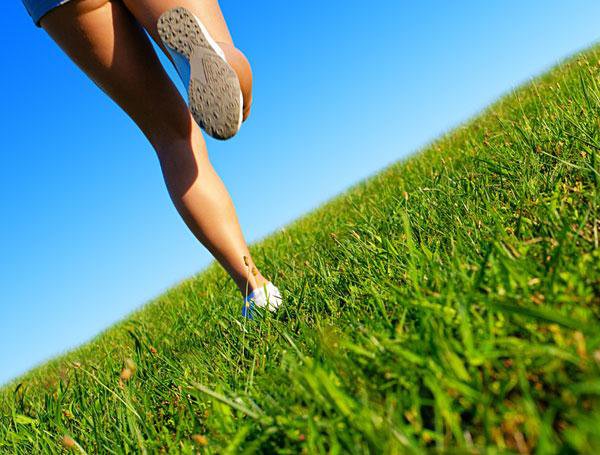Deciding to start running is no small matter, and some preparation is required. For instance, getting a physical checkup prior to starting any kind of exercise regimen is necessary for your own safety.
In addition, make sure you have the right running shoes. Incorrect or uncomfortable foot wear can quickly take the joy out of any exercise, let alone one you are just getting started in. For advice, you might want to seek out a specialty store and talk to one of the sales people. While it is not necessary to spend a lot of money on new sneakers, make sure you are buying shoes specifically for running, and that the height of your arches is taken into consideration as well. Incidentally, running shoes should feel comfortable from the get go as they do not have a break-in period.

These days there is quite a bit of controversy on whether any stretching should be done prior to exercising, and each side cites its own medical evidence to support their argument, so at this point there is no conclusion yet. Suffice it to say that stretching when muscles are still cold is never a good idea. You might decide to stretch once you are warmed up and before you start to run.
To warm up, simply walk briskly for 5 or 10 minutes, or, if you prefer to warm up in the house, step up on a stepping stool and down again for 5 minutes. Your heart rate will be speeding up in no time, and you’ll get nice and warm.
Start out by jogging leisurely and gradually build up your speed. As long as you are breathing easily, you can push yourself to go a little faster. Do not get out of breath. If that happens, slow down rather than stopping completely until you have reached a speed that lets you breath normally. Alternate walking and running, starting out with one minute of running and seven minutes of walking, increasing the running part and decreasing the walking each day you are out there.
At this point a note on technique: Two things that often discourage beginning runners is shin pain and side stitches. Both can be easily avoided by taking care of how you land with your foot, and how you breathe. Landing on the middle part of your foot is key to avoiding pain in your shins. Then roll forward to your toes and go on to the next stride. Also, avoid landing on your heels which invites different problems.
Correct breathing means deep belly breaths, not shallow breaths from your chest, and breathing in and out through your mouth. You should probably practice this prior to running.
Posture is another thing to keep an eye on. Your back should be straight, and you should be looking straight ahead, not down. You will want to strengthen your abs which will help tremendously in running.
This post was contributed by CompressionStocking.co, the world leader in compression tights.

